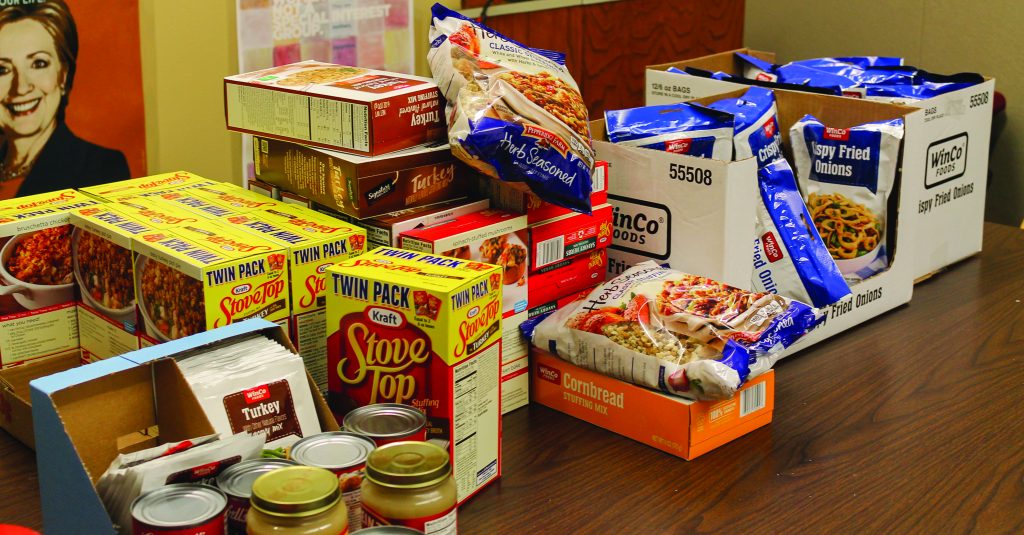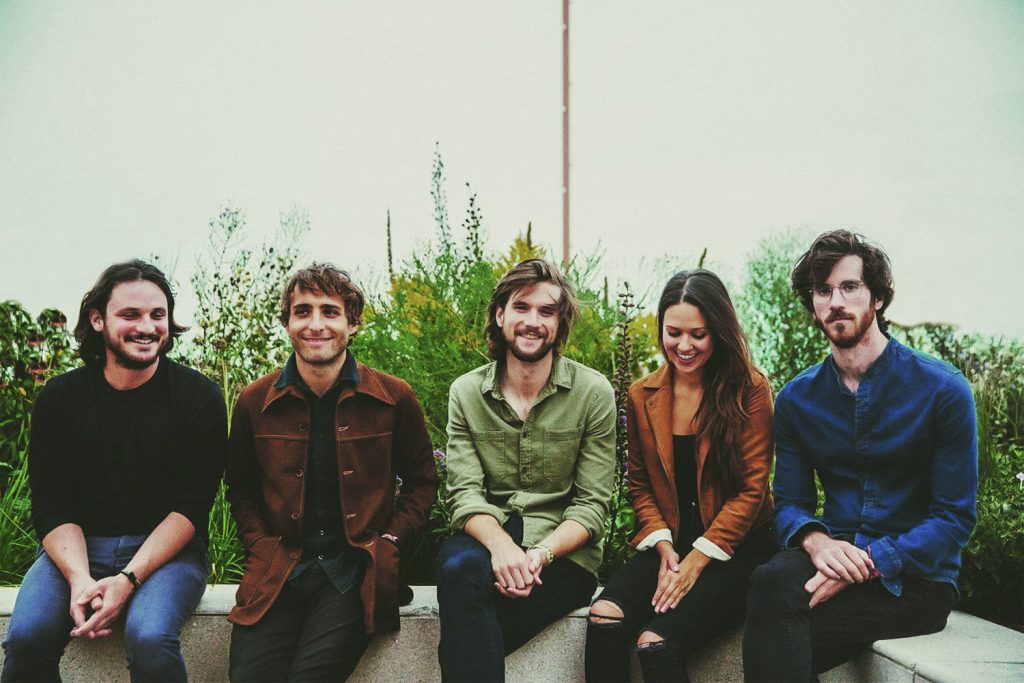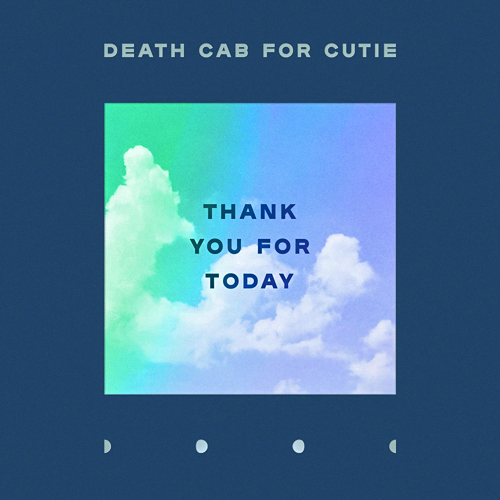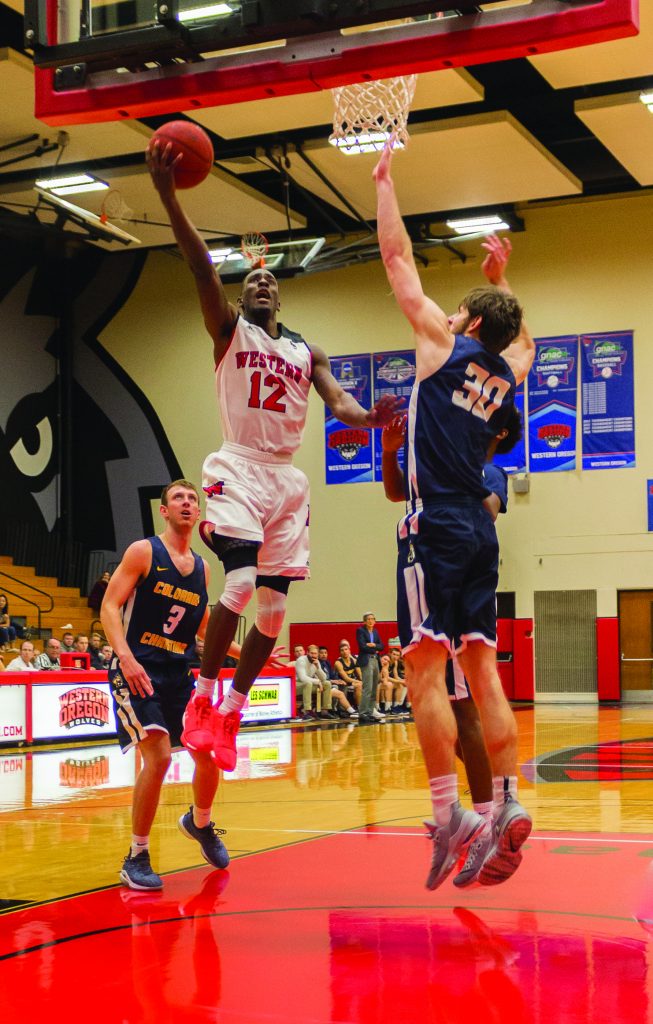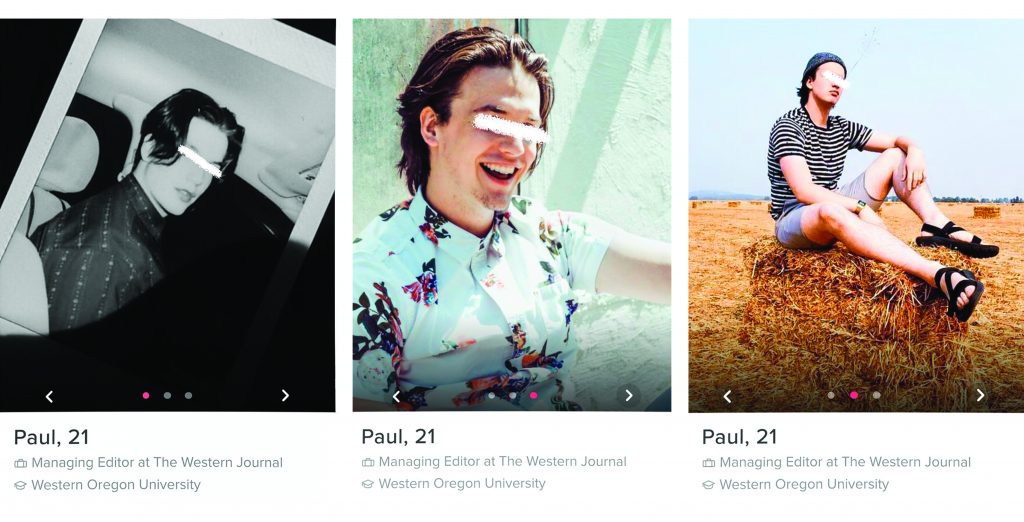Rebecca Meyers | Lifestyle Editor
According to the American Marketing Association, Americans spent $7.9 billion just in the 24 hour Black Friday period in 2017. That’s not counting Cyber Monday, weekend sales or sales that began on Thanksgiving.
It’s been pointed out time and time again, and yet it still remains relevant: Americans spend a day being thankful for what they have, and then turn around and spend the next day fighting in lines to spend tons of money on material items.
Well, that’s not completely true anymore; it’s 2018 and many sales will likely happen online. There’s now a safer way to spend too much money during the holidays.
No one in my family ever participated in Black Friday, but a few years ago a friend convinced me to go with her. I decided to see what all the fuss was about and agreed to go. I left my house where my family was still celebrating on Thanksgiving night, and we drove to the nearest outlet mall.
I found the experience mostly underwhelming, and yet I still left with multiple bags from different stores. The signs and advertising had been screaming about deals for weeks, so my expectations were high. I went in to one shop looking for some new clothes and found…sweaters for 20% off. Or, I could buy discounted jeans, but I had to buy at least three pairs. Basically, I could have done better on a regular day in a clearance section. Or at a different store for that matter; one higher end store was selling clothes for the same price as a different retail store.
I didn’t buy that much, and I can’t even imagine spending hundreds of dollars on Black Friday. Besides the fact that I could use a new laptop, I don’t think I even need hundreds of dollars worth of material things. I don’t think anyone really does, but it’s easy to get swept up in the culture of spending and purchasing as much as possible. It seems like it should be obvious; it’s part of advertisers’ jobs to make sure people believe they need a new TV, two more new electronics and a ton of clothes. Knowing this but not caring is a privilege not everyone has.
This day essentially does nothing but add to the reasons that holidays are unenjoyable for some. It’s already heartbreaking enough to think that some people are too stressed to be truly happy during the holidays, a time that’s supposed to be about appreciating what you have, giving what you can and enjoying the festivities. Yet, events like Black Friday help taint the holiday experience for some.
Sure, people can brag about buying the most expensive gifts for their families; but, does it even cross their mind that there might be someone listening who isn’t sure their kids are going to get anything? Did they think to donate, as it’s supposed to be the season of giving? If they did donate, how does it compare to the price tags under their Christmas tree? Would they still fight tooth and nail to spend their money on someone less fortunate?
And that’s not even touching on what retail workers have to endure. Those unlucky workers that don’t have seniority will be forced to leave their families on Thanksgiving, if they get any of the day off at all. Then they have to be on the front lines of the chaos that other countries look on with horror, grateful for the distance between them and America on Black Friday.
I’m by no means innocent; as mentioned before I have participated in Black Friday and Cyber Monday. Even now, I find myself considering all the advertisements for online deals for just about every store. There’s nothing inherently wrong with enjoying shopping, or with wanting to get good deals — everyone can relate to that. However, we’ve glorified it so much that the holiday dedicated to sales has brought in extra millions every year, and every year we see on the news that some people were willing to resort to physical violence.
Blind enthusiasm for Black Friday has become a phenomenon that has spiraled out of control and ultimately brought mostly negativity to what could otherwise be a season of being grateful for what we have and helping those that have less.
Contact the author at rmeyers17@wou.edu



 [fruitful_tabs type=”accordion” width=”100%” fit=”false”][fruitful_tab title=”Candied Yams or Sweet Potatoes”]This popular Thanksgiving side takes some time to cook, but the prep is fairly simple and only requires a few ingredients. Recipes vary, but the simple version can be made with only sweet potatoes, butter, brown sugar and marshmallows. The dish usually takes at least half an hour to cook if fresh sweet potatoes are used. [/fruitful_tab]
[fruitful_tabs type=”accordion” width=”100%” fit=”false”][fruitful_tab title=”Candied Yams or Sweet Potatoes”]This popular Thanksgiving side takes some time to cook, but the prep is fairly simple and only requires a few ingredients. Recipes vary, but the simple version can be made with only sweet potatoes, butter, brown sugar and marshmallows. The dish usually takes at least half an hour to cook if fresh sweet potatoes are used. [/fruitful_tab]